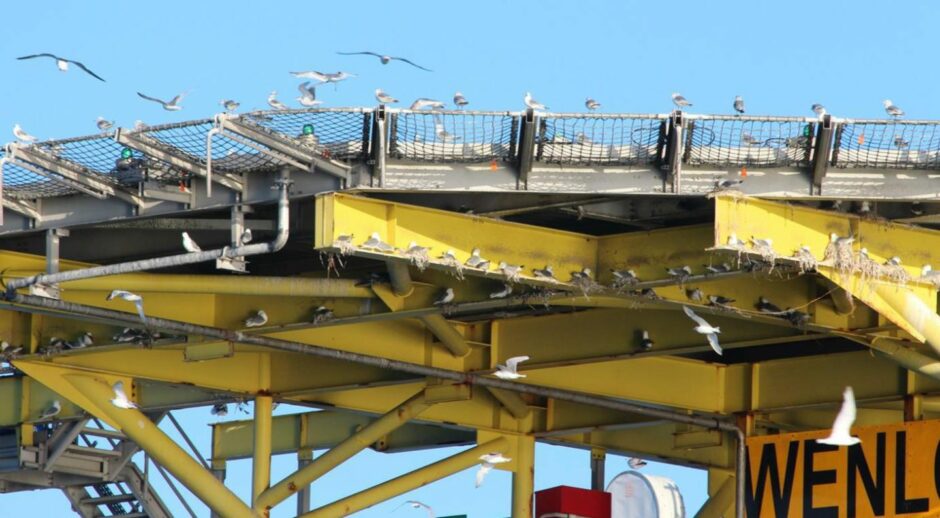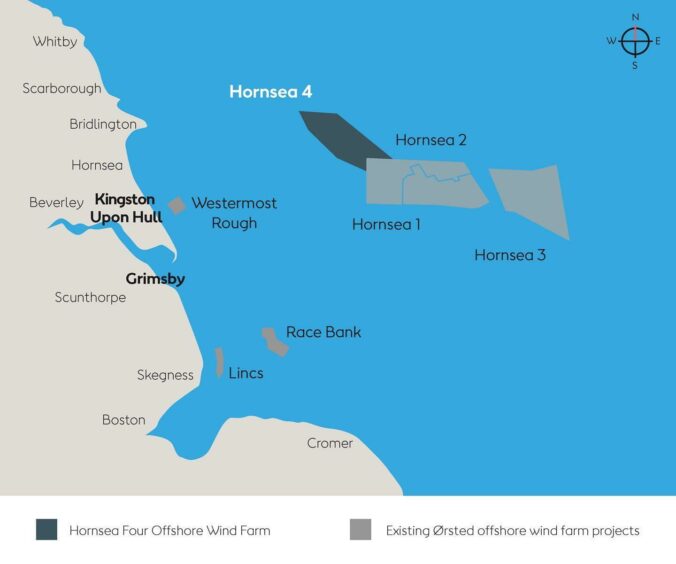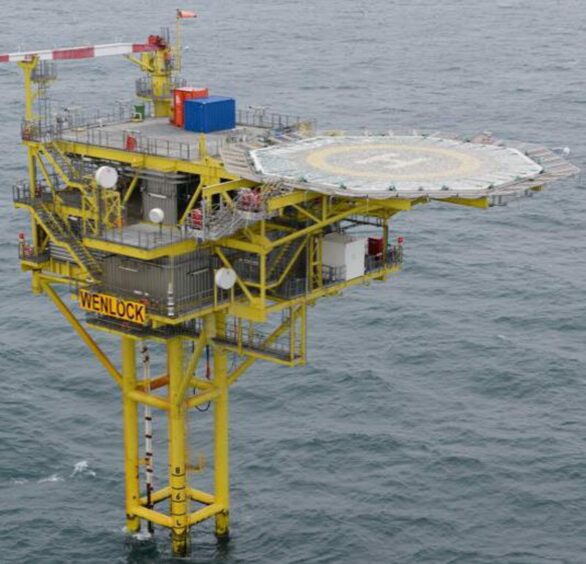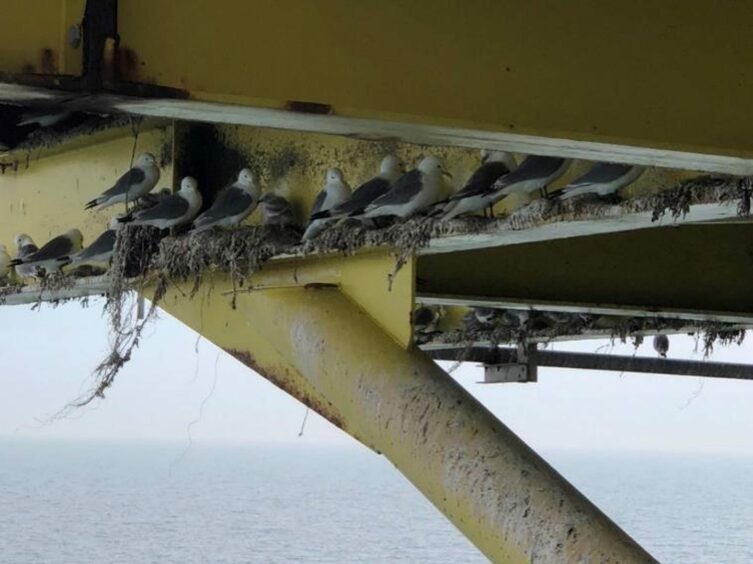
A trio of energy companies have teamed up to look at turning a Southern North Sea gas platform into a home for seabirds.
Alpha Petroleum, Energean and Orsted will explore whether the Wenlock installation can be repurposed as a nesting site for Kittiwakes.
It is thought the platform could become a “viable compensation measure” for the impact of offshore wind on certain species, specifically the black-legged kittiwake.
The seabird has already been recorded using man-made structures to make its nests.
As part of the development of the Hornsea Four offshore wind farm, Orsted plans to create an artificial nesting structure.
It is hoped the move will partially offset the negative impacts, such as displacement and collisions, of the project’s turbines on seabirds.
Hornsea Four could consist of up to 180 turbines and cover an area of 492 km2, and would form a quarter of the world’s largest offshore wind development.
By repurposing an existing platform to become an artificial nest, it would remove the need to install a new structure.
The preferred option for repurposing is the Wenlock field gas platform owned by Alpha and Energean.
Situated in the Southern North Sea, the installation is about 60 miles north-east of the Bacton Gas Terminal in Norfolk.
A memorandum of understanding (MoU) has been struck between Orsted, Energean and Alpha that will allow them to collaborate in exploring how to repurpose the Wenlock platform as a dedicated kittiwake nesting site.
Jamie Baldwin, Hornsea Four project director at Orsted, said: “As a responsible offshore wind developer, we are always keen to explore innovative opportunities to ensure that our projects are developed, constructed and maintained as sensitively and sustainably as possible. We look forward to continuing our work with Alpha and Energean to investigate the potential for repurposing existing offshore structures as part of a tool-box of ecological compensation measures.”
Prior to picking Wenlock, Orsted engaged extensively with installation owners across the Southern North Sea to identify suitable platforms.
The Danish green energy giant also carried out a survey to confirm the distribution of nesting kittiwake colonies across gas facilities in the area.
Wenlock is already home to an established kittiwake colony, with around 69 apparently occupied nests counted in the recent study, an increase when compared to past counts.
The platform is nearing the end of its economic producing life, with well plug and abandonment slated for 2023.
But rather than removing Wenlock, changes could be made to attract further nesting kittiwake, as well as preserving the current colony.
Graham Walters, Alpha’s chief operating officer, said: “Alpha is very pleased to be working with Orsted to re-purpose our Wenlock platform to support the renewable industry in a first for a UK gas platform and to be playing our part in the UK energy transition”.
Fiona Goodfellow, Energean UK country Manager, added: “Environmental, Social and Governance (ESG) is at the heart of Energean operations and we are delighted to have partnered with like-minded organisations on this project. It is particularly pleasing to work towards a positive and lasting legacy from our UKCS operations. The Wenlock platform has already established itself as a new seabird nesting site and we are very excited to see plans progressing which may assist this valuable kittiwake population to prosper and grow long into the future.”

 © Supplied by Orsted
© Supplied by Orsted © Supplied by FTI Consutling
© Supplied by FTI Consutling © Supplied by FTI Consutling
© Supplied by FTI Consutling